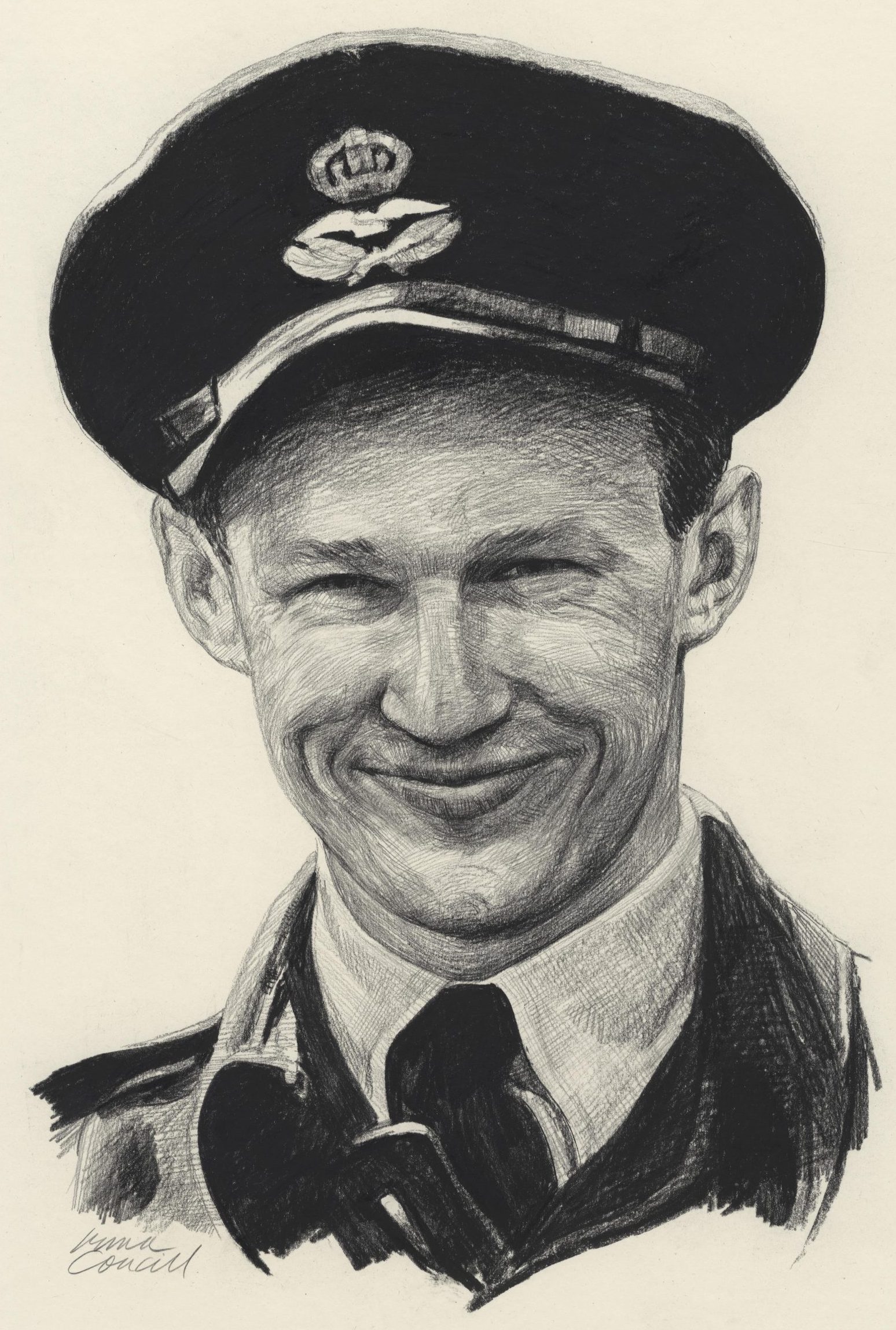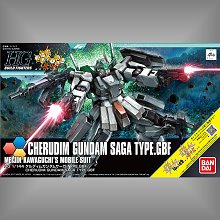


Crew tactical requirements got high priority. German fighters closing within a few milesĬould be devastatingly effective as they worked with ground controllers.Īll this operational experience funneled into the refinement of the P-61. Along with other types, such as the Ju 88 and He 219 Eagle Owl, the German night fighters worked with short-range, ground-based Würzburg radars to vector close to British bombers.īritish tactics called for the bombers to fly in a continuous stream. The Messerschmitt Bf 110G was equipped with a small cockpit radar display. This twin-engine light bomber and attack aircraft went into service in the Pacific as a night fighter in 1942 but it lacked speed and supercharged engines. Production P-70s carried an upgraded SCR-520 with a 10 cm wavelength. It was fitted to a Douglas A-20, renamed the P-70, for tests. The SCR-540 1.5 m wavelength radar-the American version of the British Mk IV-had a maximum range of 4,000 yards. If they could close, they often got their kill it was tracking and pursuing the target at night that posed the biggest challenge. Night fighters depended on ground control for vectors to enemy aircraft, then closed within a few hundred yards for visual identification. Britain’s swift, wooden Mosquito became a premier night fighter and the US seriously considered procuring it in quantity. In North Africa, four American squadrons flew British Beaufighters as night fighter units. America’s early night fighters were hasty conversions with primitive cockpit radars installed. Indeed, the first P-61s would not reach European forward areas until March 1944 and didn’t get to the Pacific until late June 1944. “Even back in the early 1940s, a sophisticated aircraft like the P-61 could not be designed, tested, and made operational in a few months,” wrote historian Warren E. Northrop’s XP-61 made its first flight in May 1942. Twin tail booms added comfortable flying qualities while two supercharged engines delivered a top speed of 366 mph.

The 66-foot wingspan gave the Black Widow the look of a medium bomber. January 1941 brought a contract for Northrop to build 13 YP-61s. Their first proposal for the P-61 was presented in Dayton scarcely a week later. Pavlecka flew back to Los Angeles and met with his boss, Jack Northrop, the next morning. Craigie asked Pavlecka to design a two-engine night fighter and drilled him to memorize the specifications without writing them down. In October 1940, Vladimir Pavlecka, the Northrop Aircraft Co.’s chief of research, was at Wright Field in Dayton, Ohio, when the Army’s head of experimental aircraft, Col. The answer, in part, was a purpose-built night fighter with stable flying qualities and the necessary speed to close with its targets. “Tooey” Spaatz, in England as an observer, worried about nighttime long-range bomber attacks on defenseless coastal American cities. RAF fighters tenaciously defended the airspace by day, but at night, the city lay open to attack, and anti-aircraft fire had its limits. The Luftwaffe’s bombing of London in the fall of 1940 helped drive the need for an able night fighter aircraft. Yet more than any other World War II fighter, the P-61 foreshadowed the highly instrumented cockpits and two-man crew arrangement that could make the most of radar in the air battle. They appeared late, flying combat only in the last year of the war, and a slew of other types-from the P-38 to the British Mosquito-shared night fighter duties. Its secret venom? The most sophisticated flying radar built by America during the war. While today nearly every USAF aircraft “owns” the night, in 1944 the P-61 was the only airplane designed from the ground up for the night fighter mission. P-61 Black Widow night fighters wore these and many more colorful nose-art names in the Pacific and European theaters of World War II. The SCR-720 radar’s parabolic dish antenna can be seen through the radome. P-61 Midnight Mickey, with the 6th Night Fighter Squadron, is readied for a mission at East Field, Saipan, Mariana Islands, September 1944.


 0 kommentar(er)
0 kommentar(er)
